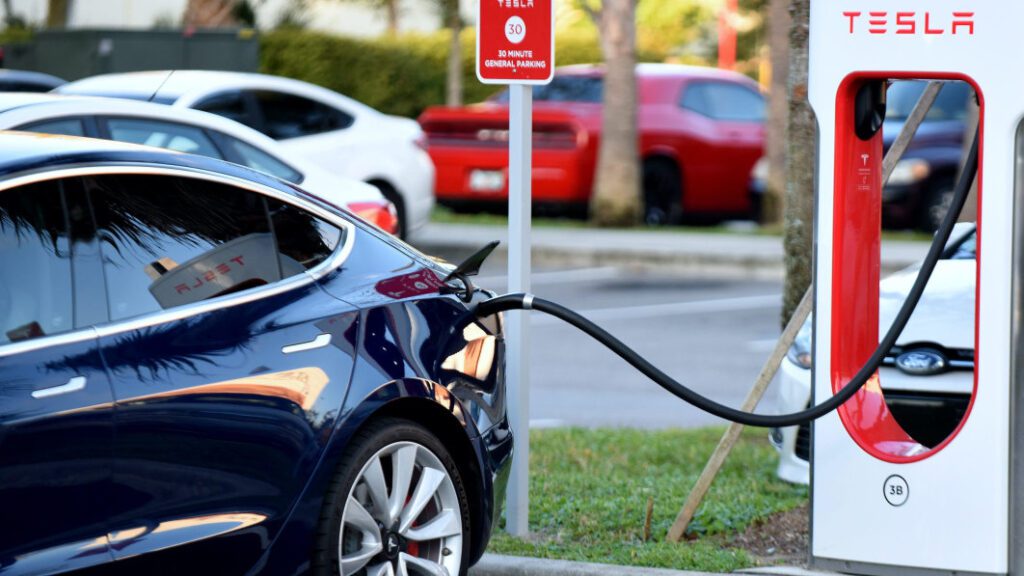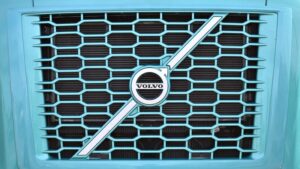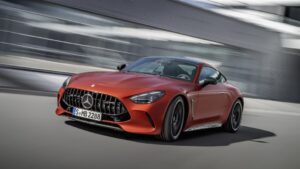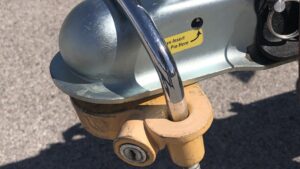Non-Tesla EVs can now use some Superchargers … it may not go well

Marques Brownlee took a non-Tesla to a Supercharger.
Paul Hennessy/NurPhoto via Getty Images
Marques Brownlee took his Rivian R1T to a Supercharger that had just been opened to non-Teslas.
He said non-Tesla EVs sometimes took up multiple parking spots due to their charging port locations.
The YouTuber said the charging station makes his Rivian a better car, but cuts into Tesla’s advantage.
Tesla began opening some of its Superchargers in New York and California to non-Tesla electric cars last month, but a recent video shows how the ultra-fast “Supercharger” stations could quickly become a headache for Tesla owners.
YouTuber Marques Brownlee took his Rivian R1T to a Tesla Supercharger in rural New York last week and he said on Twitter that the visit “descended into chaos” when other non-Tesla drivers showed up as well.
In the video, Brownlee said he had to take up two parking spots next to a charger because the charging port on his EV was on the front driver’s side of his vehicle while the charging station was equipped for Teslas that have the charging port on the back-left corner of the car.
Brownlee said that he felt the experience made his Rivian a better car because he would no longer have to rely on more “risky” public chargers, but it could deter Tesla owners.
“Suddenly you’re taking up two spots for what would normally be one,” Brownlee said. “If I was like a huge Tesla person I would probably be worried about you know my own Tesla experience. Will it get worse because more people are charging? Potentially, you’ll have more people waiting in line more people taking up more spots.”
The situation only got worse when a Lucid EV and a F-150 Lightning electric pickup truck showed up. For the F-150 Lightning driver, Tesla’s retrofitted charging cord was only long enough to reach the car’s charging port when the driver had pulled so far up the front of his car was practically touching the charging stand and the cord was pulled completely taut — a scenario the driver said felt “too risky.”
In a separate YouTube video, the same F-150 Lightning driver, Tom Moloughney, who runs EV charging channel State of Charge, said he might feel more comfortable pulling his car up to the station sideways — a move that could take up three spots at once.
Similarly, the cable was also not long enough for the Lucid driver, according to Moloughney.
“If you’re a Tesla owner it’s not a good day,” Moloughney said. “Soon that exclusivity of being able to drive wherever you want and plug in it’s going to get more complicated because Superchargers are going to start to get clogged up with non-Tesla vehicles. “
Ultimately, Brownlee said the transition is going to take a lot of finagling, but he was happy with the charging experience for his Rivian, which took about 30 minutes and $30 to charge from 30% to 80%.
“This is probably the first time and not the last time that you’re going to see this shuffling of who can charge where,” Brownlee said. “Hopefully people are nice about it, but there’s gonna be a bit of an etiquette question when you’ve got cars that are not exactly optimized trying to figure it out.”
Musk called Brownlee’s video “interesting” on Twitter. The billionaire agreed to begin opening up some of the electric-car maker’s Superchargers to non-Tesla owners earlier this year. Previously, Tesla’s chargers — which account for a large portion of EV chargers in the U.S. — had been primarily accessible only to Tesla owners.
While regular Tesla stations have always been open to non-Tesla EVs through a special adapter, the carmaker pledged to make its ultra-fast supercharging stations compatible with other electric cars by the end of 2024.




